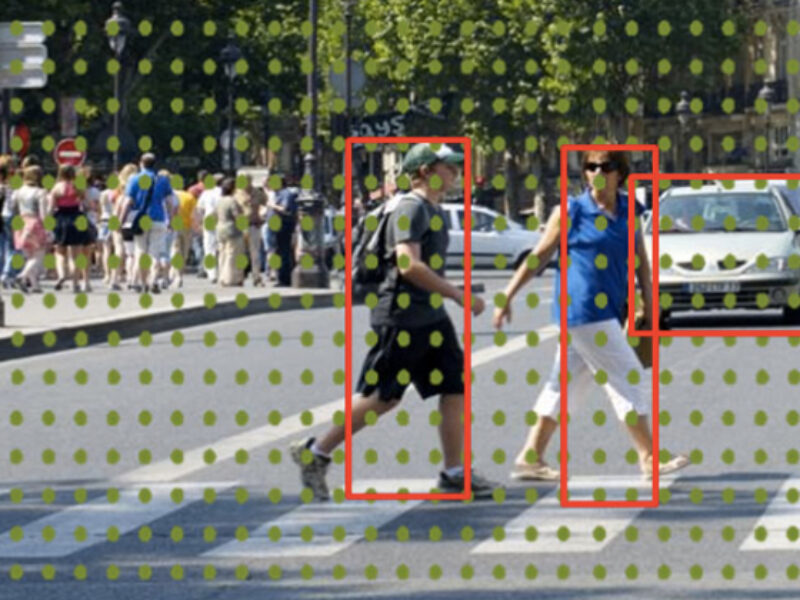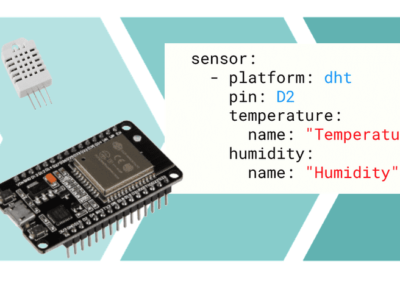
Startup announces 4D imaging radar chip for automotive
The all-weather phased-array 4D imaging radar on a chip can detect cars at 500 meters and pedestrians at 200 meters with an angular resolution of greater than 1 degree. Prototypes of RFISee’s radar chip are under evaluation by top automotive OEMs and Tier-1 automotive suppliers.
RFISee’s radar chip uses phased-array of dozens of transmitters to produce a focused radar beam. The method provides an improved radar image and a better signal-to-noise ratio, the company claims. It goes further in asserting that its radar detection range is six times broader than existing radars.
RFISee’s executive team is comprised of chairman Nissim Hadas, a world-renowned radar expert and former CEO of Elta, the world’s third largest radar company; CEO Moshe Meyassed, who has extensive experience in the introduction of deep-tech products to the market; co-founder and CTO Nir Mor, a software and radar imaging expert; co-founder and CSO Prof. Eran Socher, a global expert in CMOS RF chips, and head of business development Dr. Isaac Shenberg, who has overseen the growth of a semiconductor startup to a company with over $300 million in revenues.
RFISee has raised $2.75 million in equity finance so far and is planning a Series A funding round that will be earmarked for completing the development of its radar product line, providing samples to OEMs and Tier-1 suppliers in late 2021, and establishing commercial partnerships.
According to Yole Developpement the automotive radar market will be worth $8.6 billion in 2025 having run at a compound annual growth rate (CAGR) of around 16 percent.
Moshe Meyassed, CEO of RFISee, said: “Our breakthrough all-weather Phased Array 4D imaging radar on a chip is going to be a game-changer in the field of global automotive radar. Today’s automotive radars typically provide low resolution and limited detection range. Our ability to combine long range, high resolution and superior accuracy can be the key for the high-quality sensor fusion between the camera and the radar that the automotive industry is looking for.”
Meyassed added: “The sensor fusion that RFISee is introducing will open new frontiers for adding effective AI layers to the fused radar and the camera data. As a result, car manufacturers and drivers alike will benefit from crucial improvements in safety and accident prevention, effective operation in low visibility and increased automation in vehicles.”
 If you enjoyed this article, you will like the following ones: don't miss them by subscribing to :
eeNews on Google News
If you enjoyed this article, you will like the following ones: don't miss them by subscribing to :
eeNews on Google News



